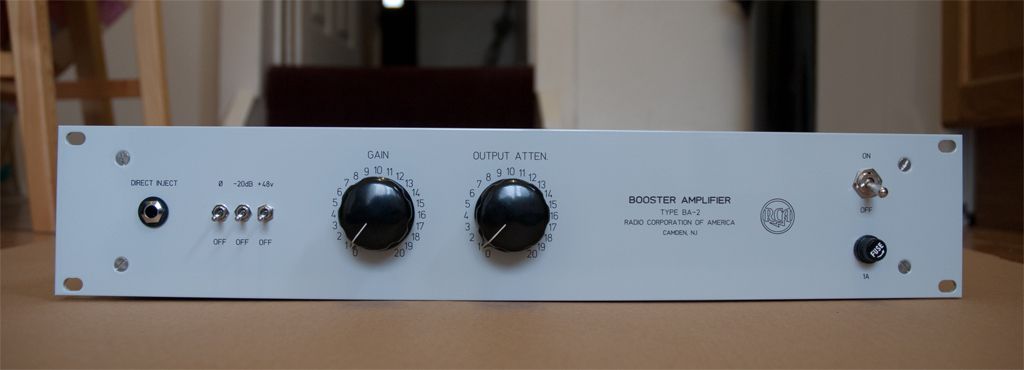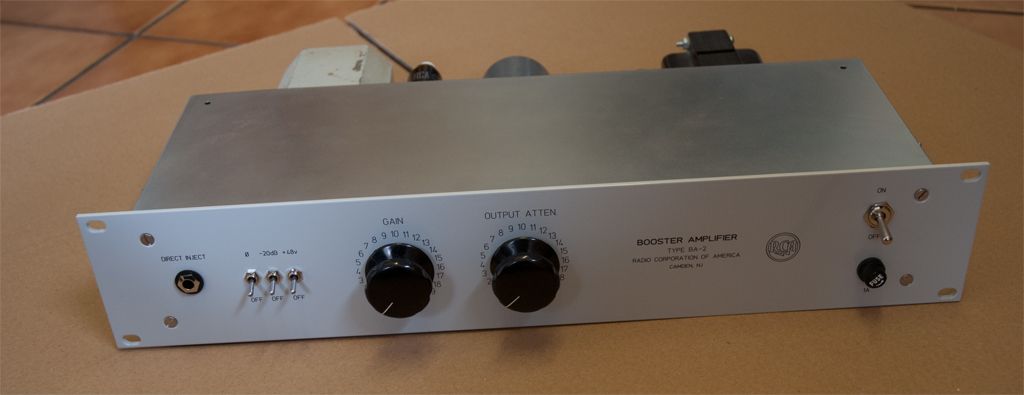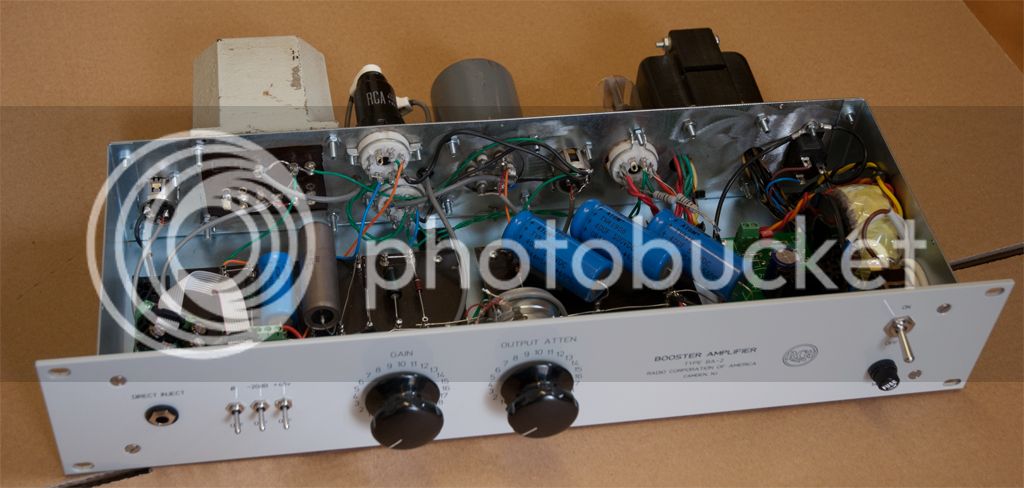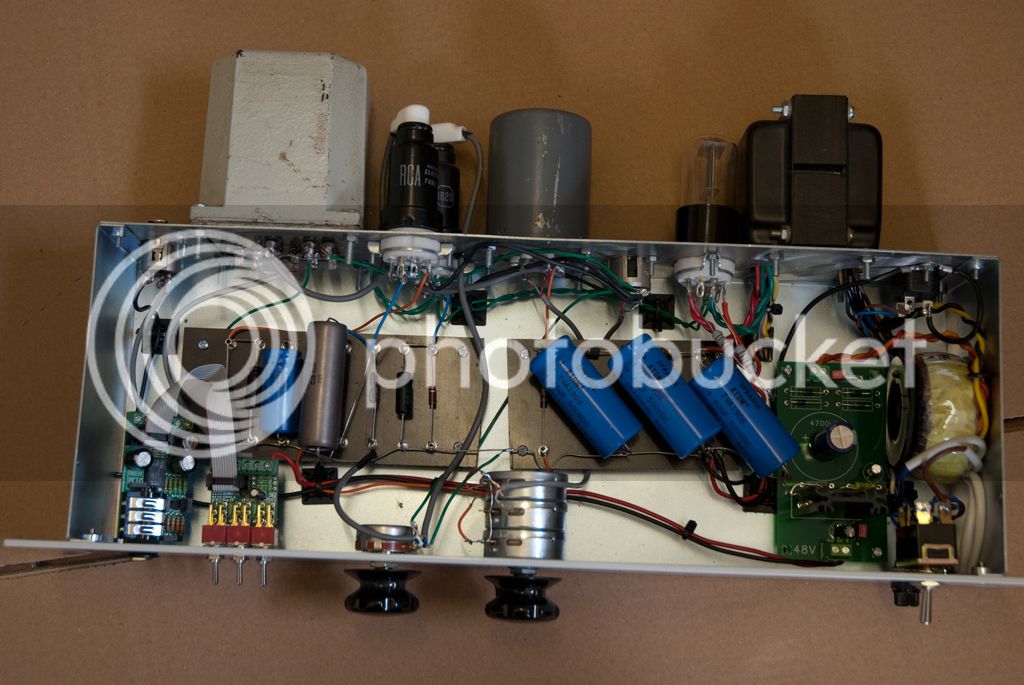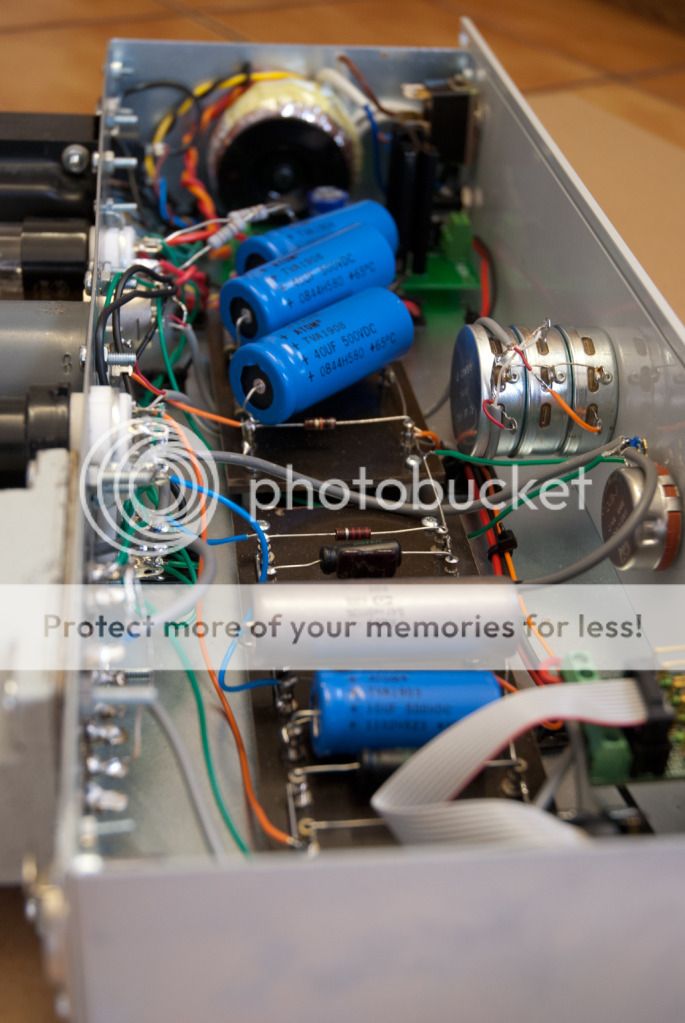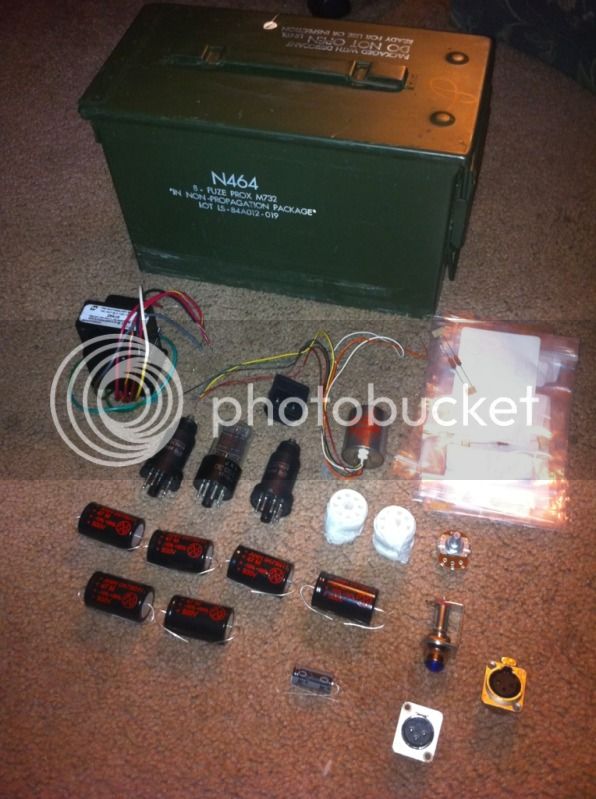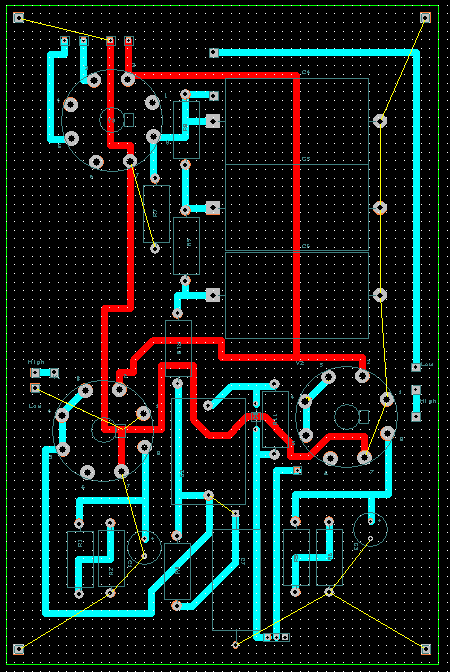I went out of the BA2 into the 600 side of the edcor, then out the 15k and ran it through RMAA...
but without as much gain loss.
If I'm reading you right then you should be having no gain loss - just the opposite - 600:15K is about + 14db of gain . . .
how does the math work?
turn ratio = sq root of impedance ratio
and without the transformer/load resistor going straight into the soundcard, it sounds real thin and honky... ie: not right....
Soundcard input impedance is something high, say 10K. With a 600r resistor on the sec, the primary is presenting a 15K load on the tube. With a 10K load on the sec . . .
The 15K:600 I have in front of me now says that with the sec loaded with 600r, I get a primary impedance of 18K at 1KHz and 13K at 120Hz. Not perfect, but close enough to give near constant impedance on the primary.
Now, when I load that same transformer with 10K I get a 95K reflected load at 1KHz on the primary, But at 120Hz the load has dropped to only 4.6K. That's a 20X difference.
I have another 15K:600 transformer that will measure a 17K pri load with a 600r sec load at 1KHz and will measure 17K at the pri with a 600r sec load at 120Hz. Pretty much spot on.
When I load the 2nd transformer sec with a 10K load I get a pri impedance of 214K at 1KHz, and 78K at 120Hz. That's only 2.7 times difference.
If I had to pick which transformer might sound more toppy when misloaded, I'd guess the first one.
Transformer No 2 has a primary inductance that is nearly six times higher than No 1.
Doug has mentioned that his stock BA2s aren't fussy about what resistance the sec is loaded with. You can see from his plots that the stock BA2 extends to a lower corner frequency than A-25/BA2.
My A-25 BA2s change some without termination but I haven't tried them on a lot of different Hi Z inputs. But your description sounds typical of what can happen in some situations without termination. Try something higher, like 1K, 1.5K, etc and see if you can reach a happy medium of overall gain loss and tonal balance/distortion.


































